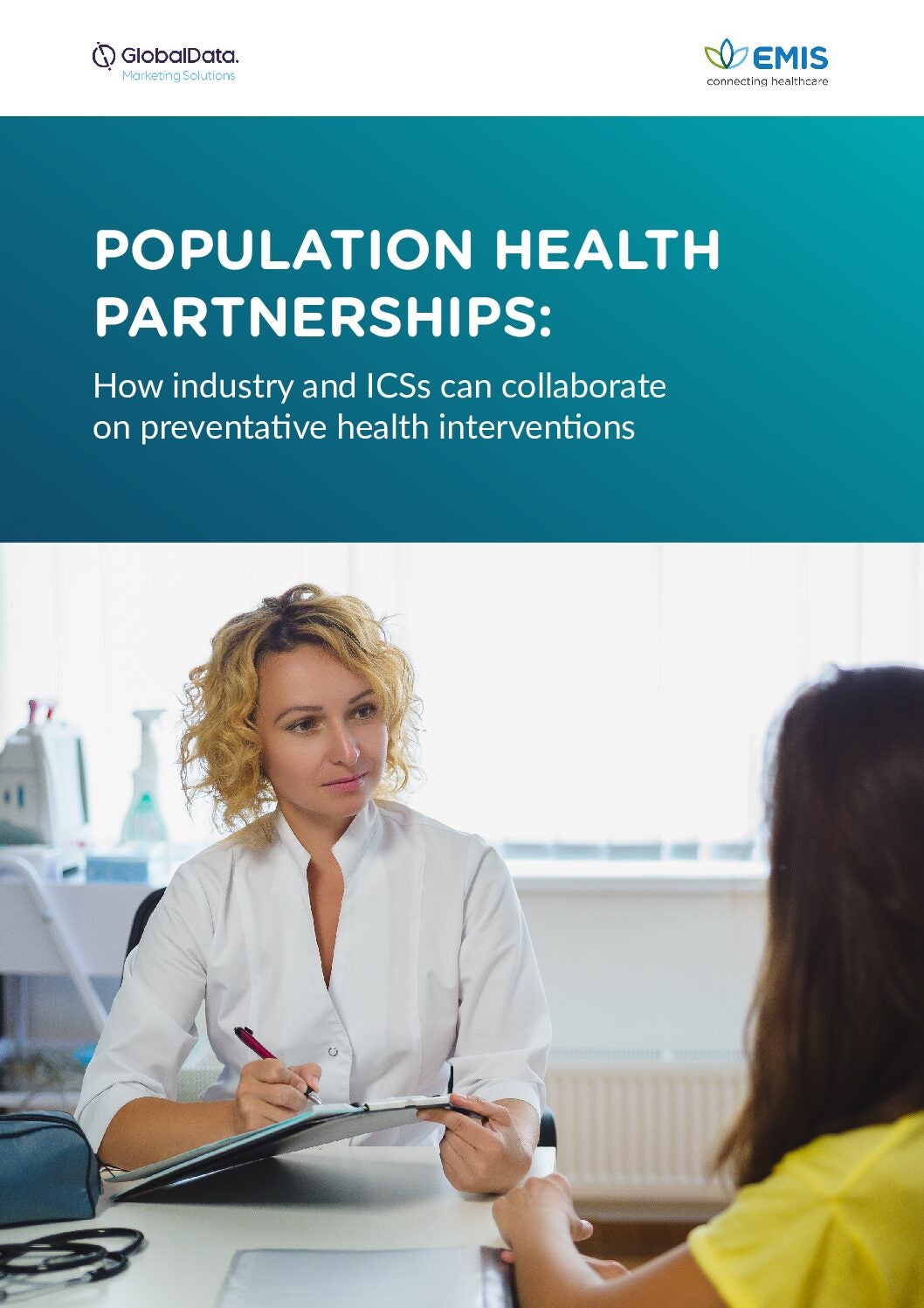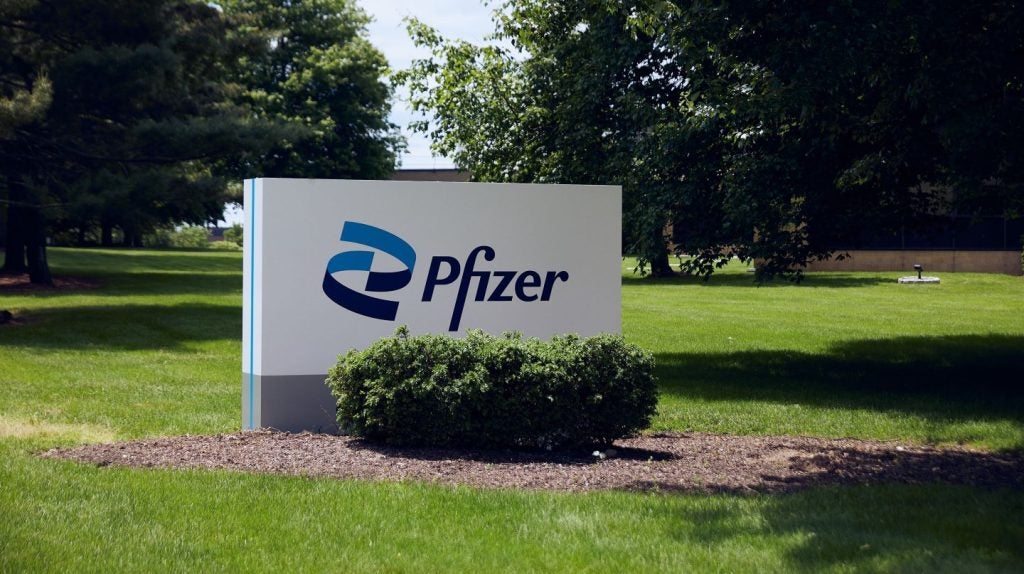

Numerous FDA approvals of cell and gene therapies rendered 2023 as a landmark year for the gene therapy space. With several upcoming catalysts in the next few months, this trend is expected to accelerate.
In 2023, Sarepta Therapeutics’s gene therapy, Elevidys (delandistrogene moxeparvovec-rokl), was approved for the treatment of ambulatory pediatric patients with Duchenne muscular dystrophy (DMD), ages four to five years, marking a pivotal moment. Another breakthrough therapy, BioMarin’s Roctavian (valoctocogene roxaparvovec), was also approved last year for treating hemophilia A (factor VIII deficiency). Both are among several gene therapies that use adeno-associated virus (AAV) vectors.
How well do you really know your competitors?
Access the most comprehensive Company Profiles on the market, powered by GlobalData. Save hours of research. Gain competitive edge.

Thank you!
Your download email will arrive shortly
Not ready to buy yet? Download a free sample
We are confident about the unique quality of our Company Profiles. However, we want you to make the most beneficial decision for your business, so we offer a free sample that you can download by submitting the below form
By GlobalDataA Phase II/III trial evaluating RGX-121, an AAV based gene therapy developed by RegenxBio, in 48 participants with Hunter syndrome also read out last month, achieving its primary endpoint and showing continued improvement in neurodevelopmental skills acquisition up to four years.
The global market value of AAV therapies reached $1.5 billion in 2023, and is expected to peak at $22.3 billion in 2029, based on GlobalData forecasts.
The seven gene therapies approved in 2023 represent the highest number of annual gene therapy approvals observed over the last decade, notes Adam Bradbury, PharmSource Analyst, GlobalData. This trajectory has set high expectations for 2024, which will see several regulatory events associated with AAV gene therapies that hold potential to revolutionize the treatment landscapes of multiple rare diseases.
This increasing number of approved gene therapies will require a significant push for commercial-scale manufacturing, but scale-up remains a challenge.
GlobalData is a parent company of Pharmaceutical Technology.
Challenges in gene therapy manufacturing
According to Bradbury, AAV gene therapy platforms carry several advantages, such as a strong biosafety rating, stable expression, and low immunogenicity, and are considered ideal for developing gene therapies. He notes that AAV is the most used gene therapy viral vector, and hence there is a larger presence of manufacturers experienced in its use.
From a clinical perspective, the restricted packaging capacity of AAV vectors (of approximately 4.7 kb of recombinant DNA) can prevent the delivery of larger genes, says Bradbury. However, AAV-based therapies stand out with their capacity for high-dose administration, a unique feature not shared by other biologics, says Dr. Giuseppe Ronzitti, head of the Immunology and Liver Gene Transfer, at the biotech Genethon.
Regarding manufacturing, there are several challenges relevant to starting material generation, production of high titers of viral vectors, purification, and a lack of standardisation that exist with AAV-based therapies, according to Bradbury. He notes that enhancements to current processes are necessary to uphold product quality, while the overall scale-up of manufacturing for AAV gene therapy products “poses challenges due to limited comprehension of associated analytical tools and production processes”. Moreover, the production of high-dose gene therapies cannot match or compete with the pace of production of other therapies, since they involve complex manufacturing processes, says Ronzitti.
There is also a possibility of eliciting human immune responses to produce antibodies against AAV, potentially diminishing the clinical advantages of AAV-mediated gene therapy, Bradbury adds.
Pipeline AAV gene therapies for rare diseases on the horizon
One highly anticipated readout is that of the Phase I/II/III trial (NCT04884815) for Ultragenyx Pharmaceutical’s UX-701 (rivunatpagene miziparvovec) in Wilson’s disease, which is expected in 1H 2024. Wilson’s disease is a rare genetic condition leading to abnormal buildup of copper in various organs such as the brain and liver. Currently, Teva Pharmaceutical's Galzin (zinc acetate) is used as a treatment, but it requires lifelong administration. The rivunatpagene study is enrolling 78 patients with a confirmed diagnosis of Wilson’s disease. Rivunatpagene miziparvovec is an AAV gene therapy that elicits therapeutic action by producing a functional copy of the gene encoding the copper transporting ATPase 2 enzyme, which reduces blood copper levels.
Another significant AAV-based gene therapy on the horizon is Ultragenyx’s DTX-401 (pariglasgene brecaparvovec). The drug is being investigated in 46 patients with glycogen storage disease type IA patients in a Phase III trial, which is also set to read out in 1H 2024. DTX-401 uses an AAV type 8 vector encoding the G6PC gene that alleviates disease severity.
As of now, the only approved treatment for the disease is enzyme replacement therapy (ERT) utilizing Takeda's Elaprase (idursulfase), which does not cross the blood-brain barrier, failing to alleviate central nervous system (CNS)-related symptoms.
Focus on blood and neuromuscular disorders
In line with the trend of gene therapy approvals for DMD and hemophilia in 2023, Pfizer has three AAV gene therapies for blood and neuromuscular disorders in the pipeline. The company is developing PF-07055480 (giroctocogene fitelparvovec) for hemophilia A (factor VIII deficiency) and Beqvez (fidanacogene elaparvovec) for hemophilia B (factor IX deficiency).
In January 2024, Canadian regulators approved Bevqez for patients with moderately severe to severe hemophilia B, marking Pfizer’s first regulatory approval for such a gene therapy. The drug is under review by the FDA and has a PDUFA date in 2Q 2024, while Phase III results with PF-07055480 are expected in mid-2024.
Pfizer’s AAV gene therapy-heavy pipeline also has a DMD therapy, PF-06939926 (fordadistrogene movaparvovec), which is in a Phase III study projected to read out by YE 2024. The asset delivers and restores a functional dystrophin gene that is essential for proper muscle function.
According to Bradbury, Sarepta’s Elevidys, which was approved last year for DMD, is projected to become a blockbuster drug and “the most commercially successful of the advanced therapy medicinal products (ATMPs)”. He notes that although there are fewer such products, they tend to hold high value in terms of both production and sales costs. Sarepta is seeking an efficacy supplement for an indication expansion for Elevidys to all DMD patients with a confirmed mutation in the DMD gene, and has a review date set for June 21, 2024.
Mixed model of gene therapies in the future
In terms of production capabilities, gene therapies are still innovative products and appropriate production staff and qualified facilities are currently limited. “Large CMOs have been acquiring these capabilities in recent years and even larger sponsors such as big pharma will require these production services,” says Bradbury about the outlook for the future.
Digital solutions and automation tools will be required to accelerate the production and availability of gene therapies. Also, automation holds promise in resolving manufacturing challenges associated with gene therapies and enhancing their efficacy as treatments, and bringing down costs.
Other approaches like nanoparticle-led gene therapies have not yet advanced to the same extent as AAV-based gene therapies, says Ronzitti. However, regardless of the approach, challenges related to targeting and immunological responses remain. “While nanoparticles show promise in treating certain diseases, such as those involving Cas9, they are not universally effective,” he says.
Thus, a mixed model of gene therapies appears to be the future, wherein various emerging technologies, including AAV gene therapies, will serve specific therapeutic areas based on their strengths. Therefore, each type of gene therapy will specialize in a particular therapy area rather than being a universal solution.
Cell & Gene Therapy coverage on Pharmaceutical Technology is supported by Cytiva.
Editorial content is independently produced and follows the highest standards of journalistic integrity. Topic sponsors are not involved in the creation of editorial content.








